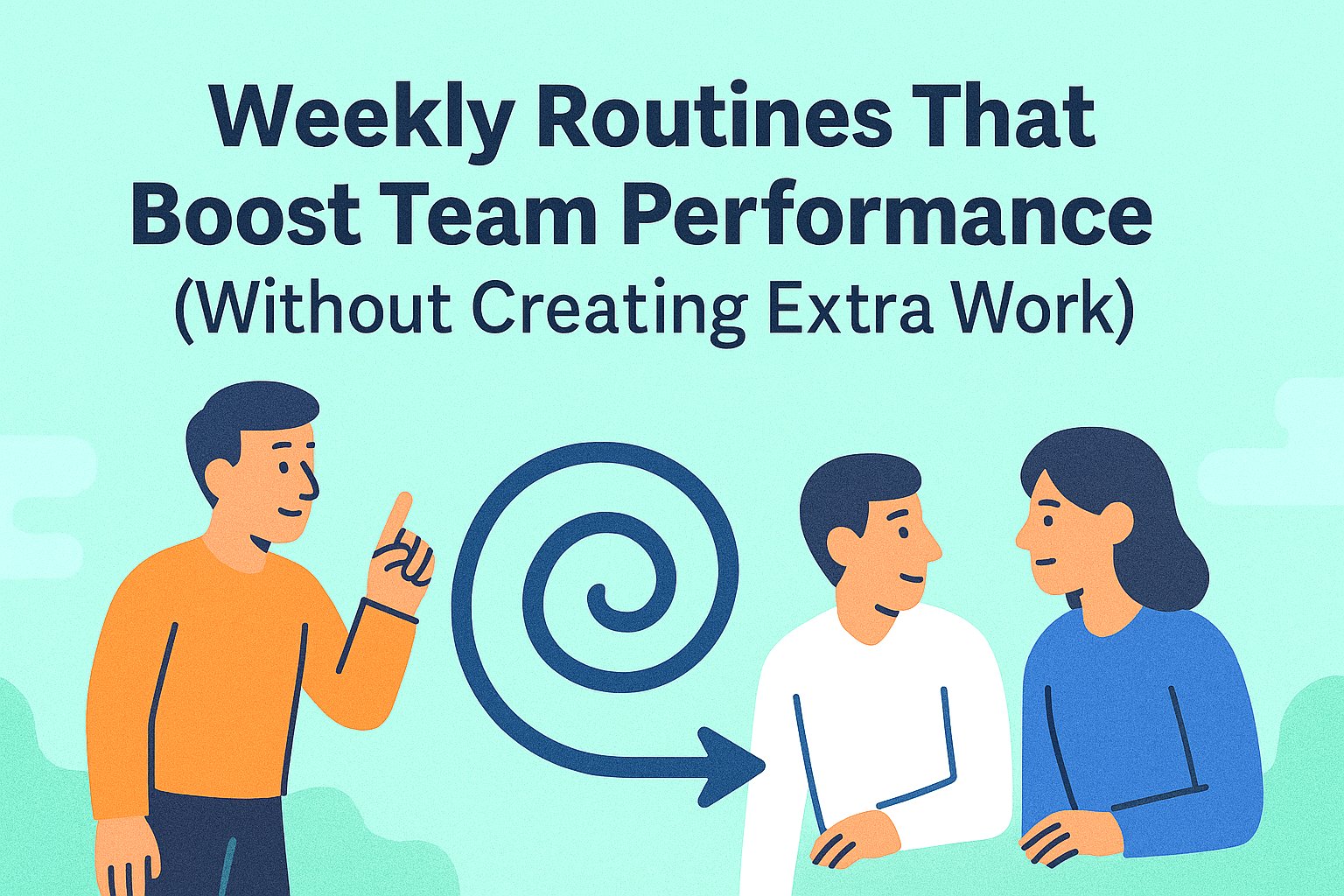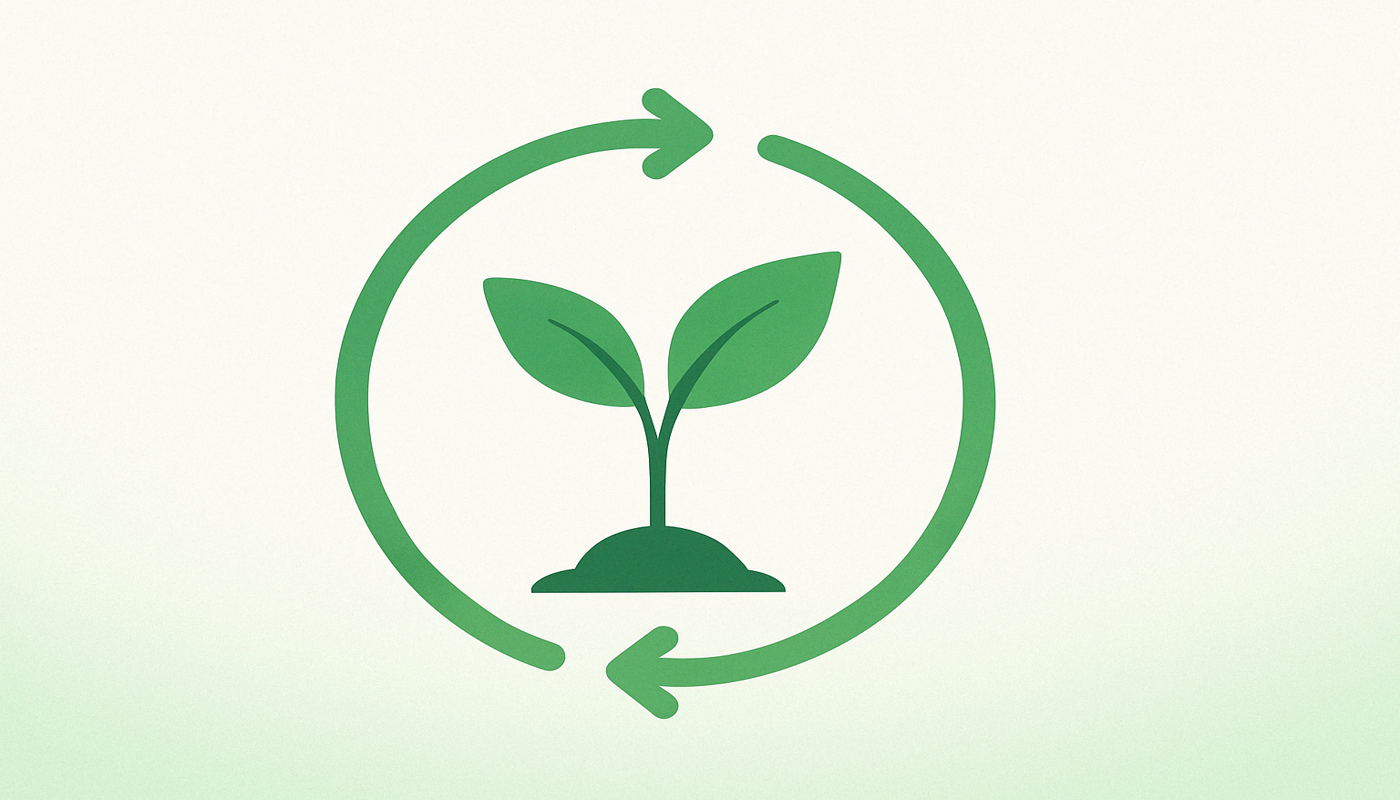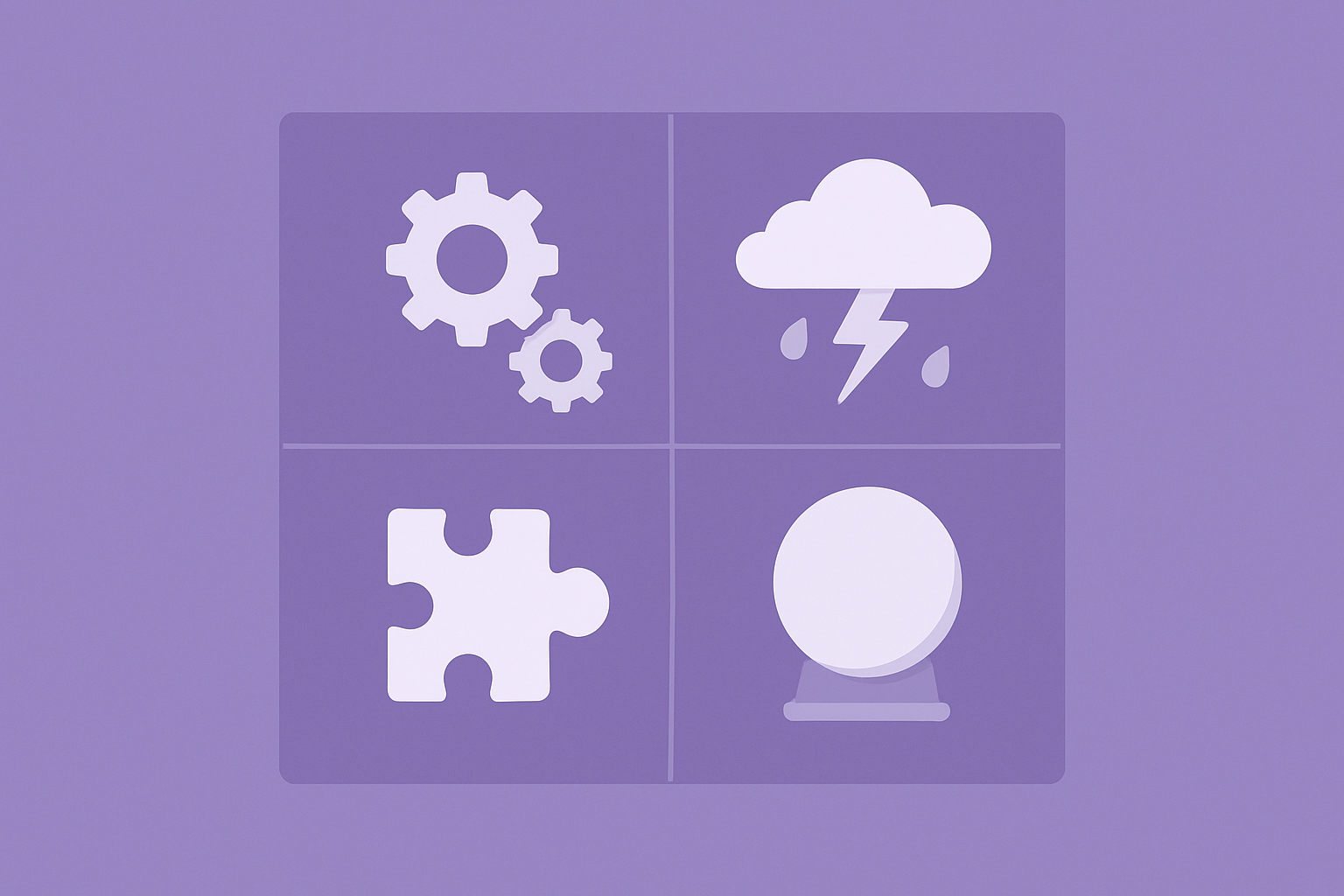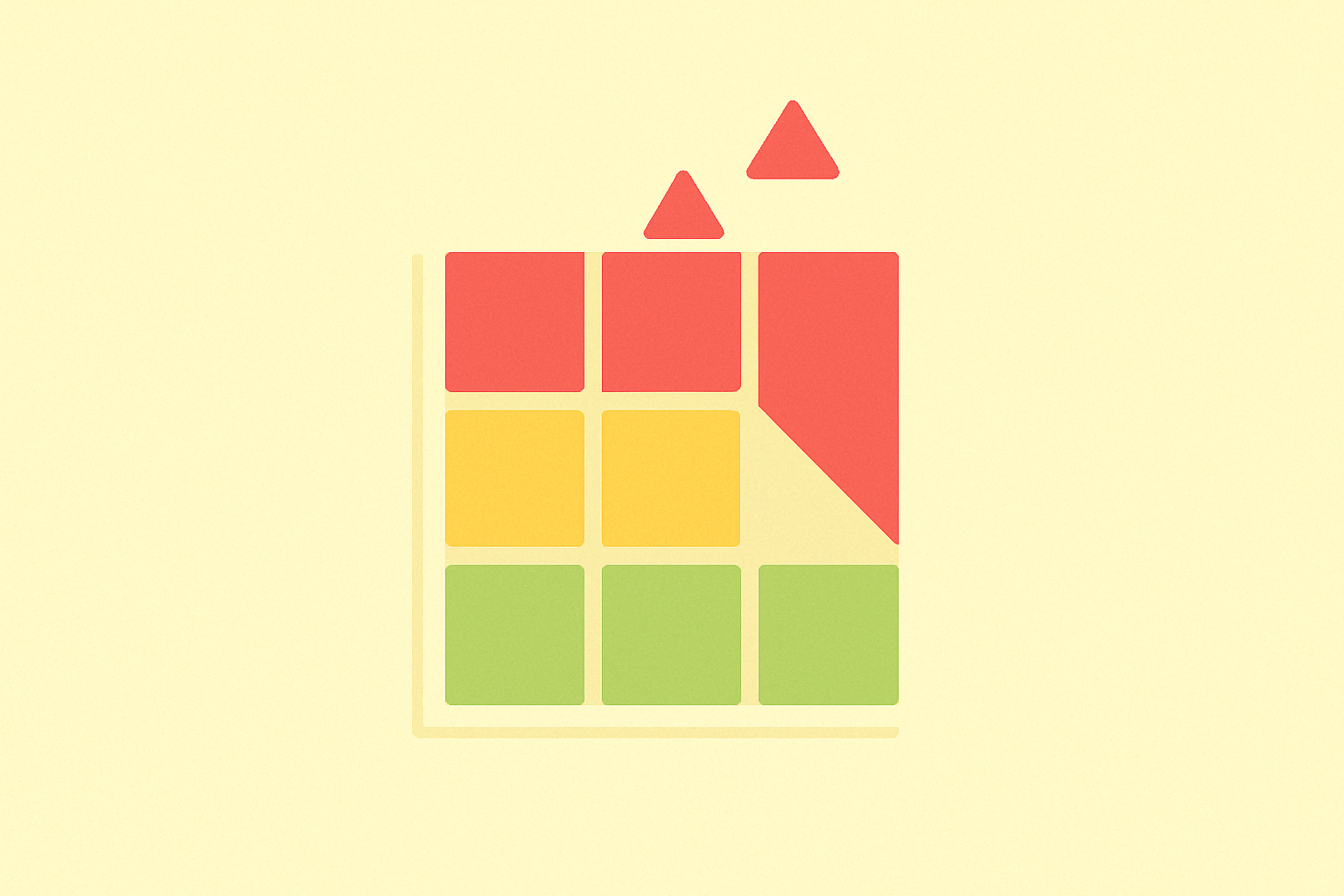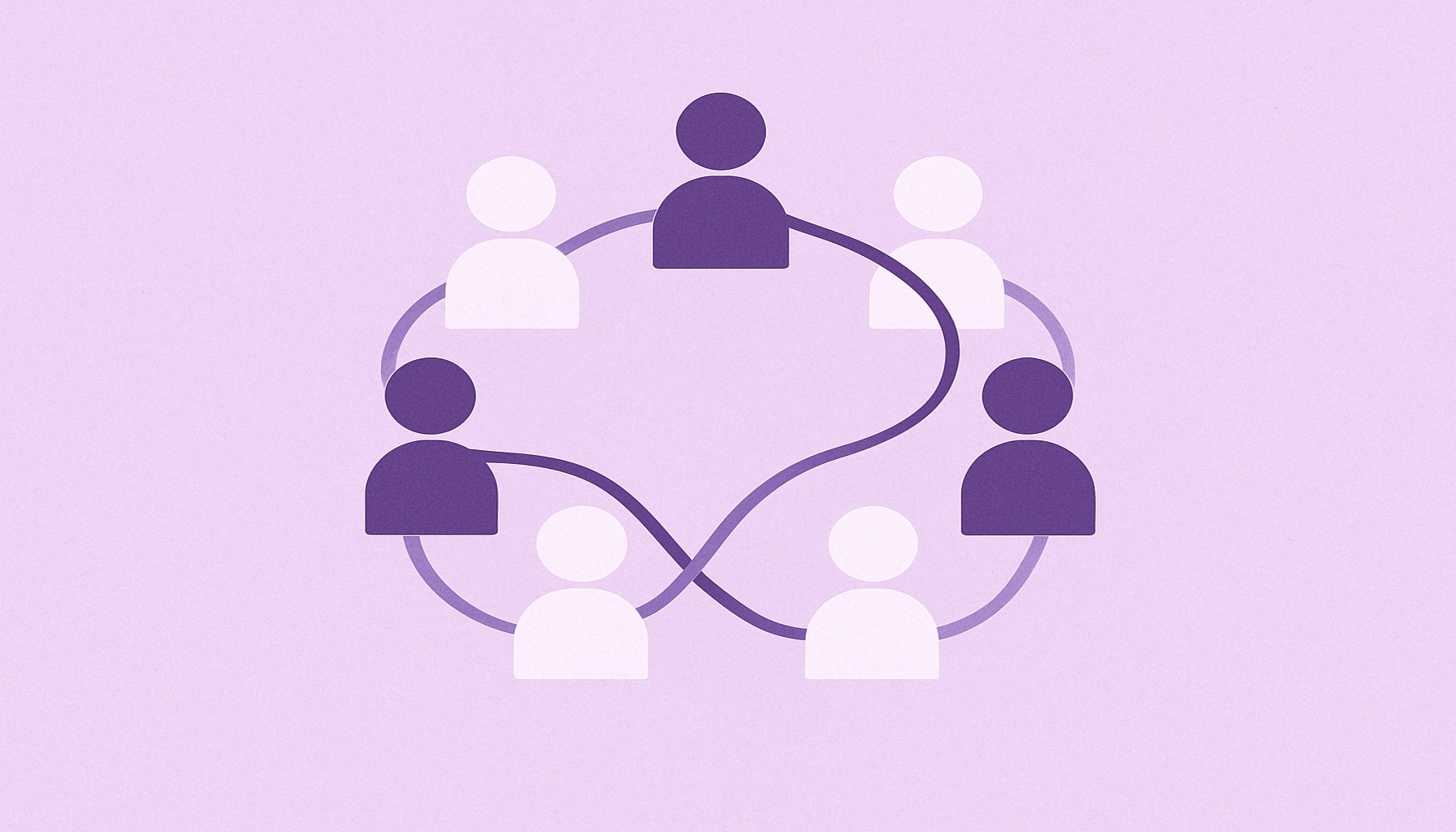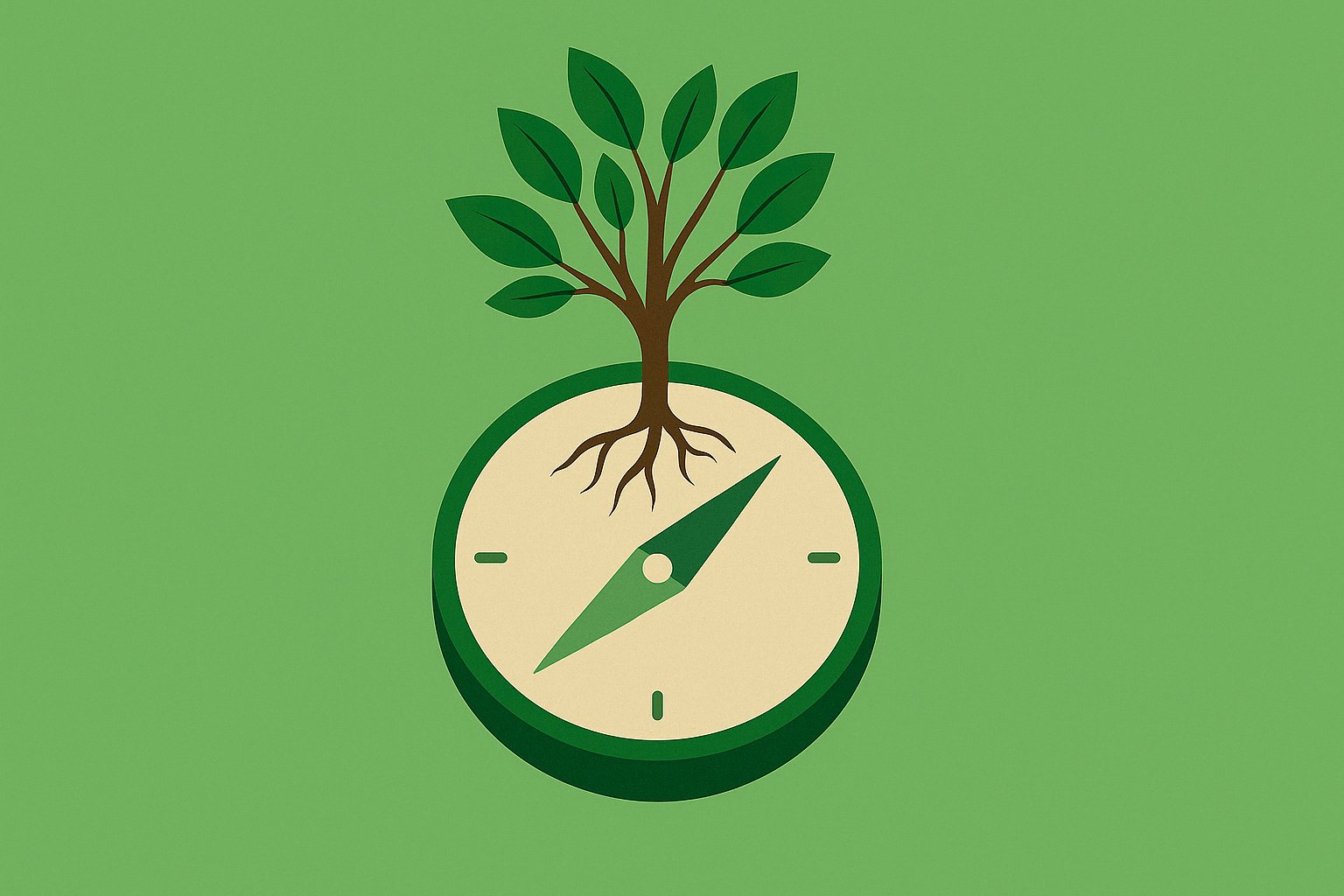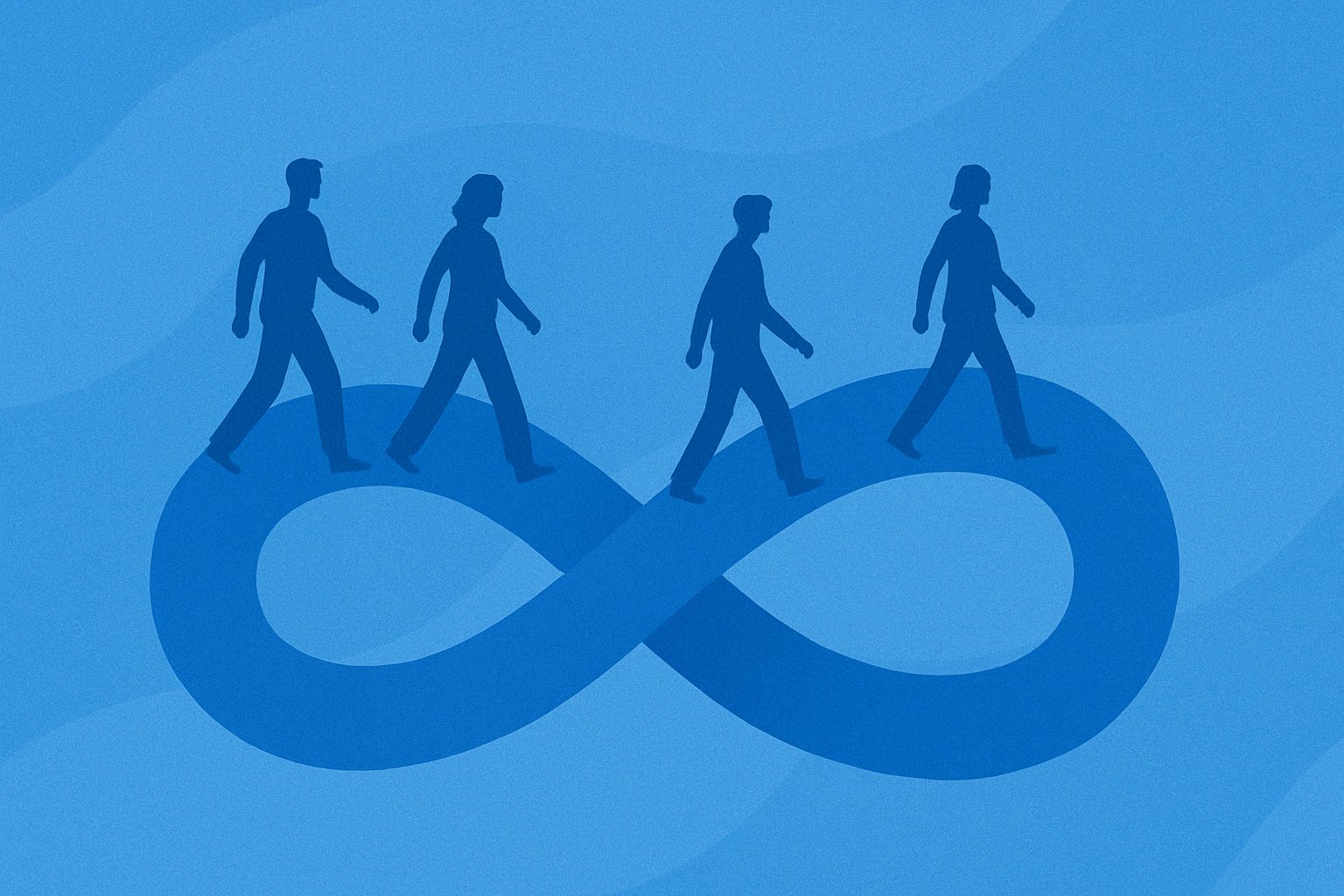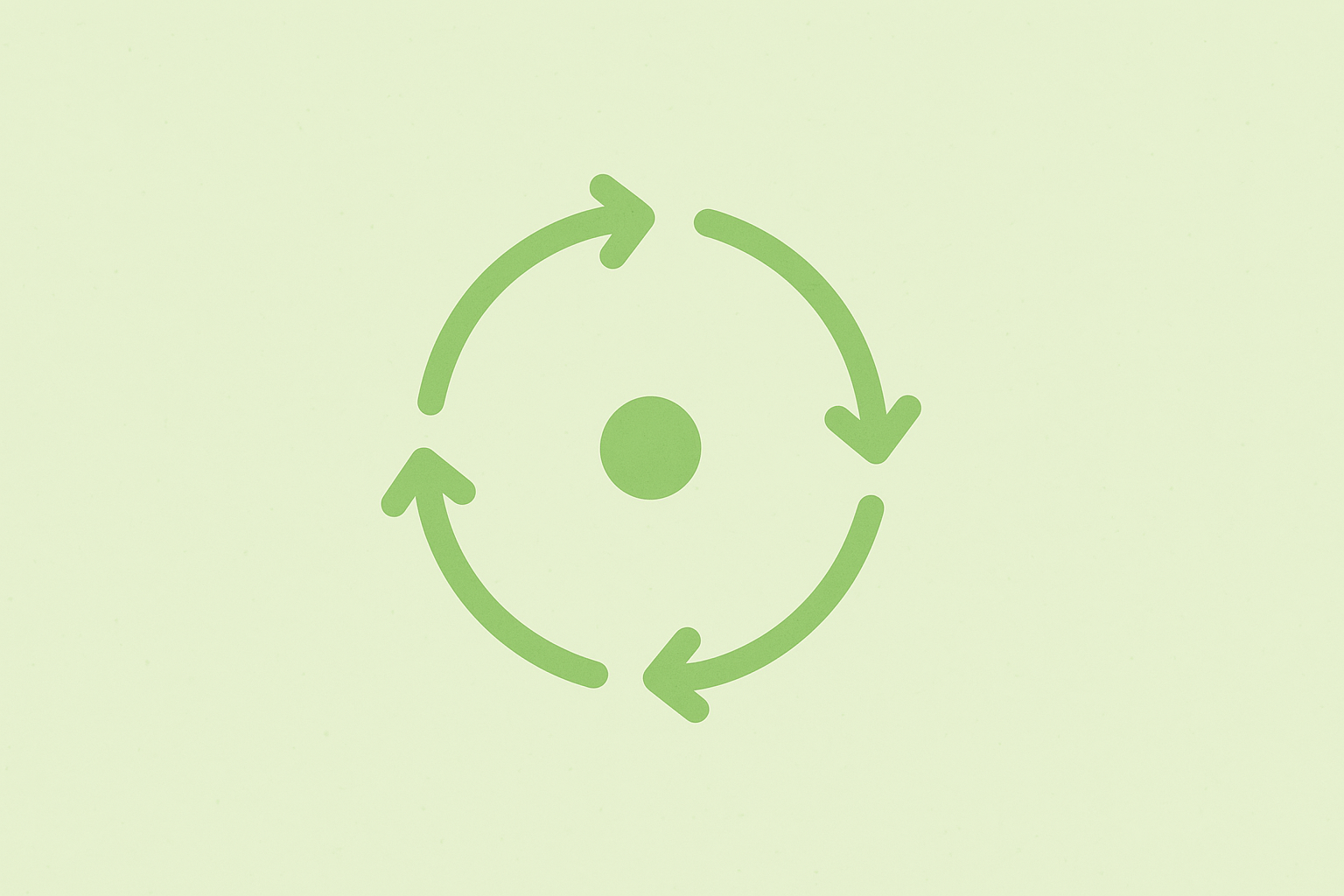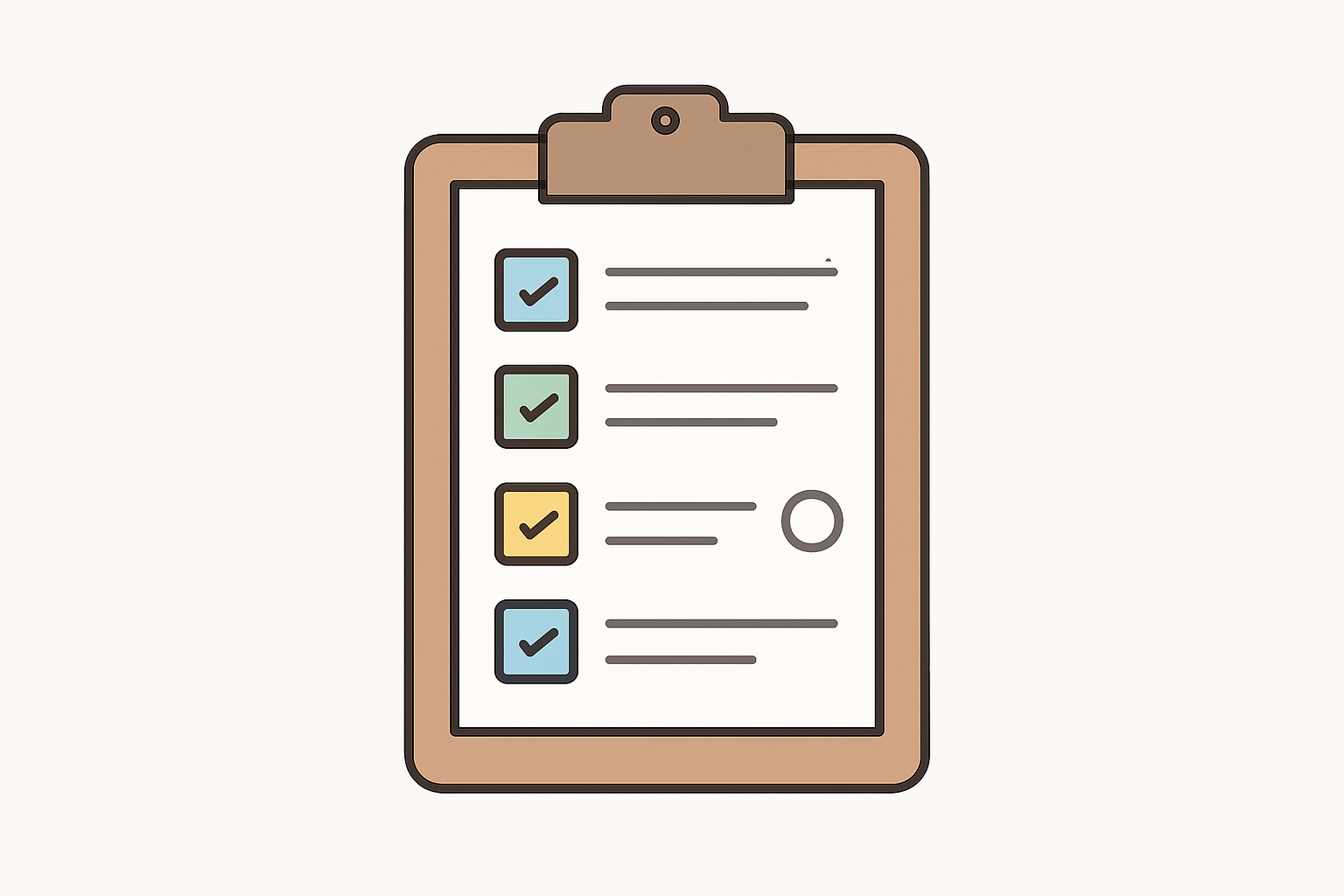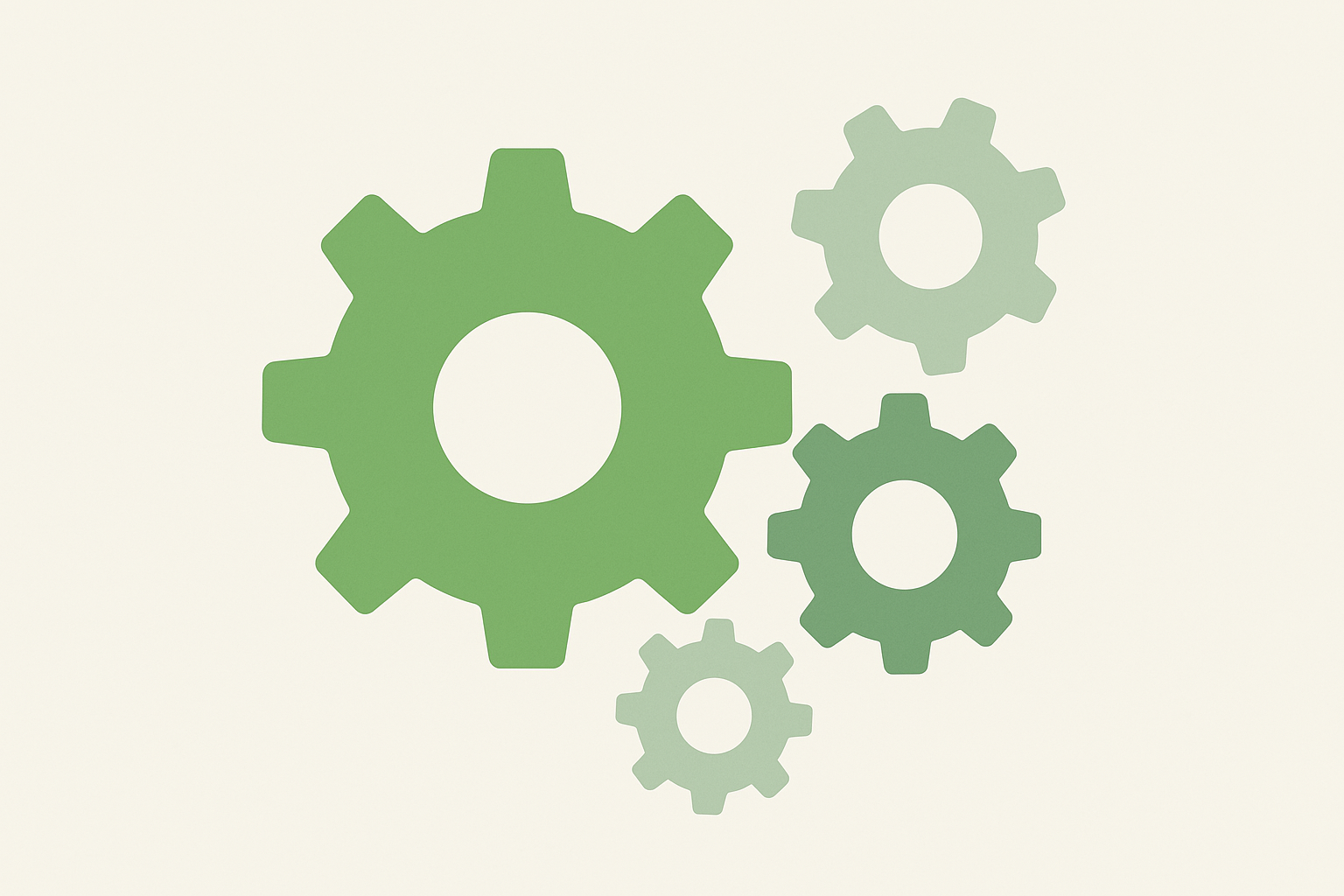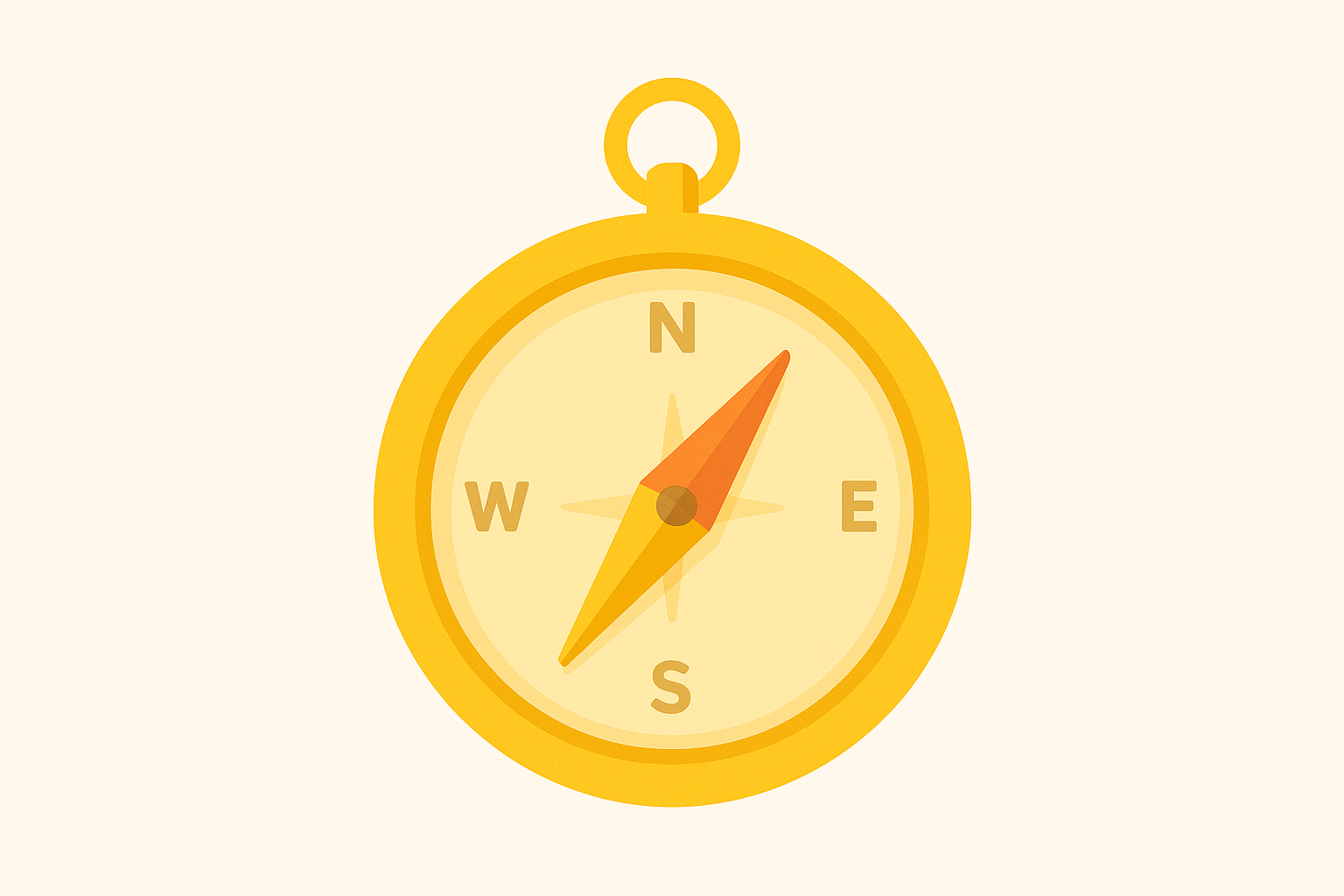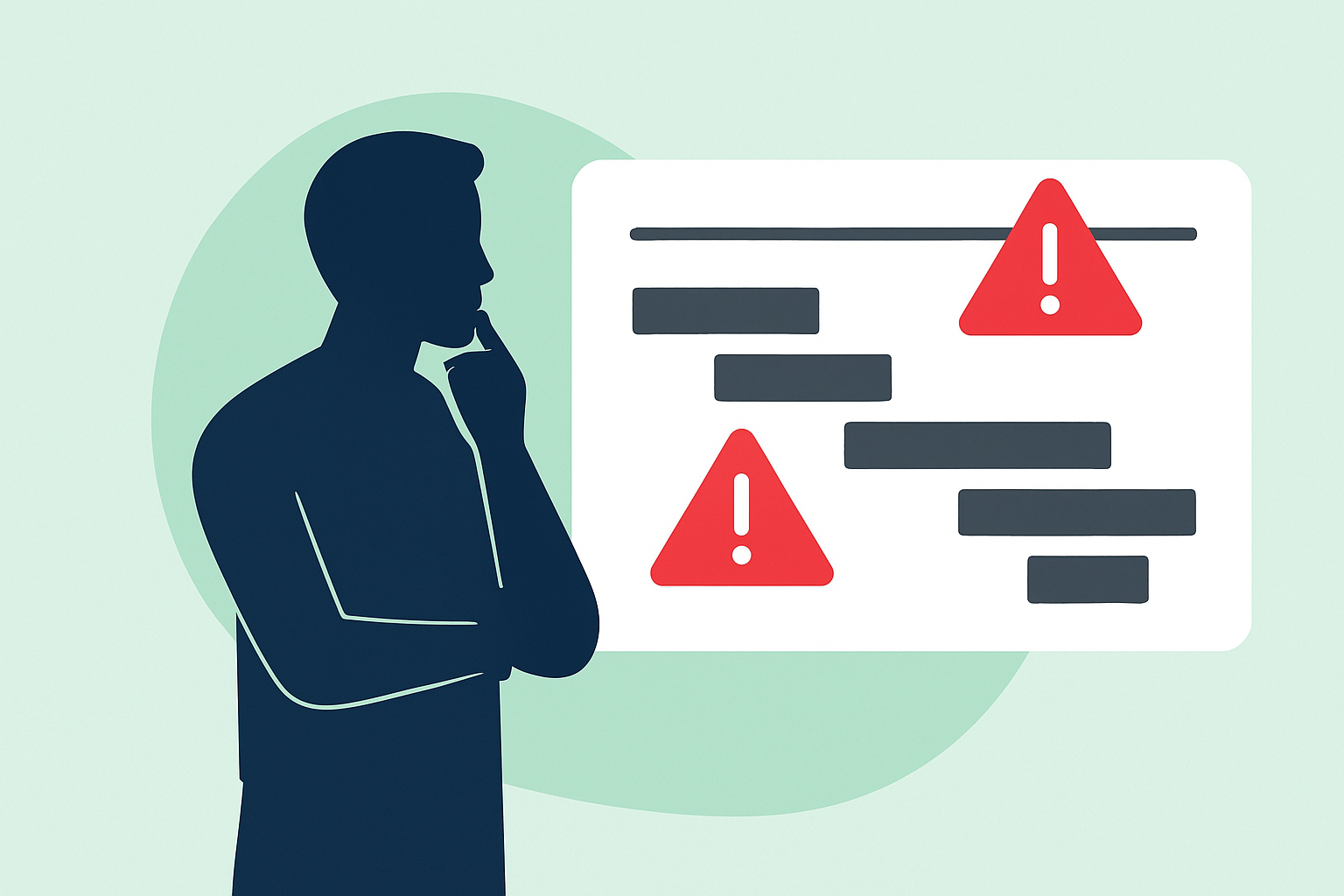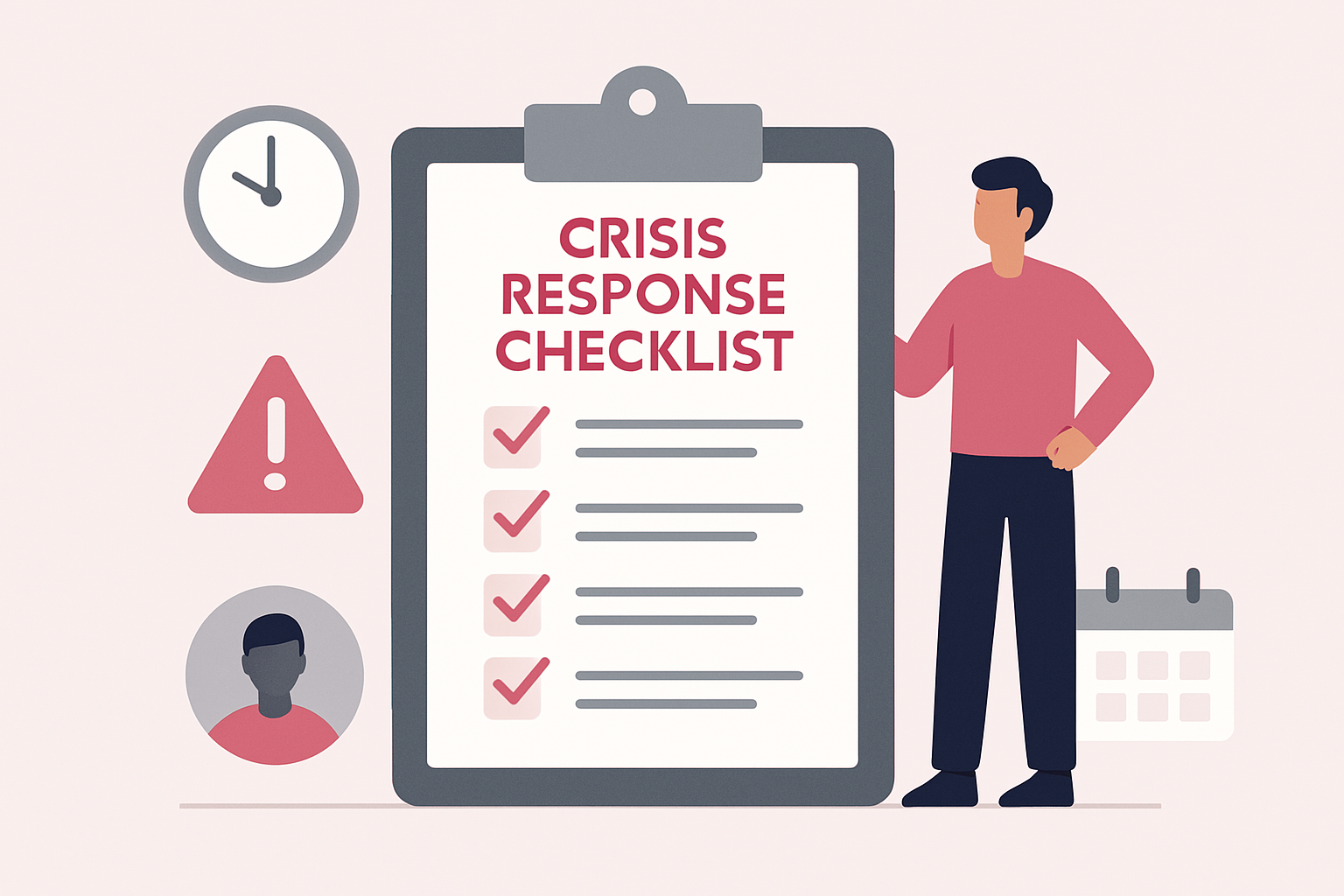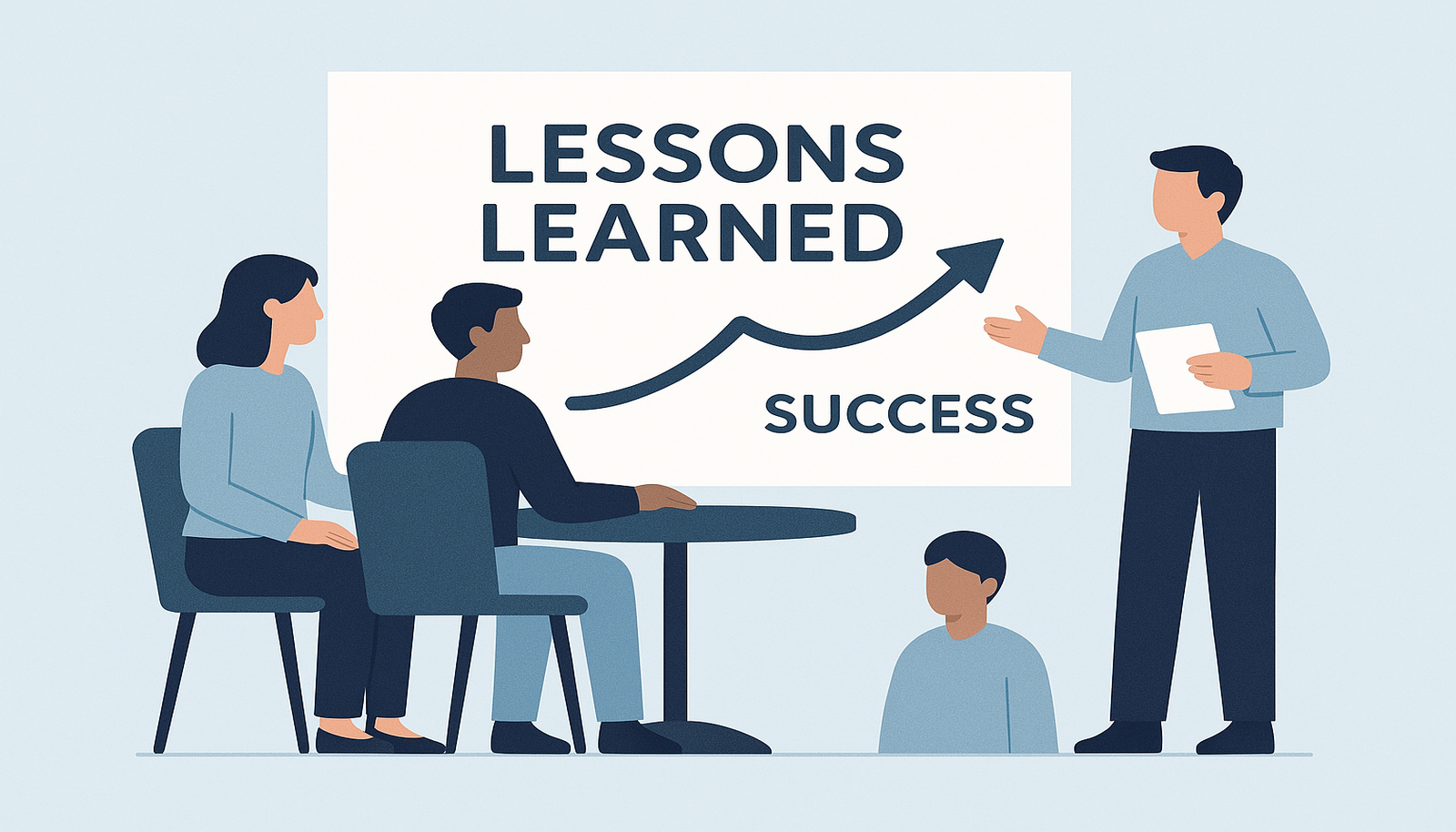Picture a workweek that hums like a well‑tuned engine.
Deadlines glide by, blockers vanish quickly, and your team signs off Friday feeling lighter than when they started. It’s not a fantasy—just the by‑product of tight, repeatable rhythms that swap chaos for clarity.
In the next few minutes you’ll collect a five‑day ritual map loaded with scripts, templates, and time‑boxed touchpoints you can drop into existing calendars.
Everything is stripped to essentials, so nothing feels bolted on. Expect plenty of real‑world examples, a sprinkling of psychology, and smart automations courtesy of Teamly (because the right software should do the heavy lifting, not you).

Sunday Evening Preview: Five‑Minute Personal Reset
Before inboxes explode Monday morning, gift yourself a calm five‑minute preview Sunday night.
Open your calendar, glance at major due dates, and jot three intentions in a sticky or digital note: key outcome, one thing to drop, one thing to delegate.
This micro‑ritual lowers Monday anxiety by 30% (yes—studies on pre‑task visualization back that up) and primes your brain’s reticular activating system to spot opportunities that align with those intentions all week.
Monday Kickoff: Launch the Week in 15 Minutes
Gather everyone—remote or in‑office—for a standing huddle capped at exactly 15 minutes. Use a visible timer to keep pace. Each teammate answers three prompts:
- The single biggest objective you’ll push this week. Phrase it as a verb: “Ship v2 onboarding emails.”
- Any blocker that could derail momentum. Be honest; the point is transparency, not blame.
- One collaboration ask and a name. Example: “Need UX review from Jamie by Wednesday noon.”
Log answers into a shared Weekly Kickoff board inside Teamly so status stays visible across time zones.
The board automatically sharpens focus by tagging each item with priority and owner, turning verbal promises into written commitments.
💡Pro tip: Record a 90‑second video summary right after the huddle. Drop it in the board for anyone who missed the live session.

Tuesday Focus Sprint: Guard Two Golden Hours
On Tuesday mornings block two company‑wide focus hours. Calendars show the slot as Do‑Not‑Disturb; chat tools flip to silent.
The goal: move the week’s top objective from 10% to at least 40% complete before lunch. Encourage teammates to stack tiny wins: merge a pull request, finalize copy, record a demo—anything that nudges the ball forward in concrete increments.
Set up a “quiet room” in Slack or Teams where folks can post a single emoji when they finish a micro‑milestone.
It feels like social accountability without the chatter. By noon you’ll see a parade of check marks that beats any vanity metrics dashboard.
🔧 Time‑Saver: Use Teamly’s Work Session timer to start a Pomodoro and auto‑log time against the task—handy for teams tracking effort for clients or internal SLAs.
Wednesday Momentum Pulse: Survey, Scan, Support
Mid‑week meetings often devolve into stalling. Replace the usual 60‑minute status call with a three‑part async pulse:
- Micro‑survey: One emoji‑scale question in Teamly (“How confident are we on track to Friday’s goal?”).
- Auto‑generated heat map: Survey scores plot onto a Teamly dashboard, spotlighting risk clusters.
- Targeted rescue huddles: Only pods showing low confidence get a 10‑minute unblock call.
This pulse trims calendar fat while preserving psychological safety. Teammates can flag concerns privately, and managers swoop in surgically instead of carpet‑bombing everyone with yet another full‑team call.
📈 Case in point: A SaaS client cut their Wednesday meeting from 14 attendees to 4 by using the pulse. They recaptured 9.5 hours of combined focus every single week—enough to roll out a major UX upgrade without adding headcount.
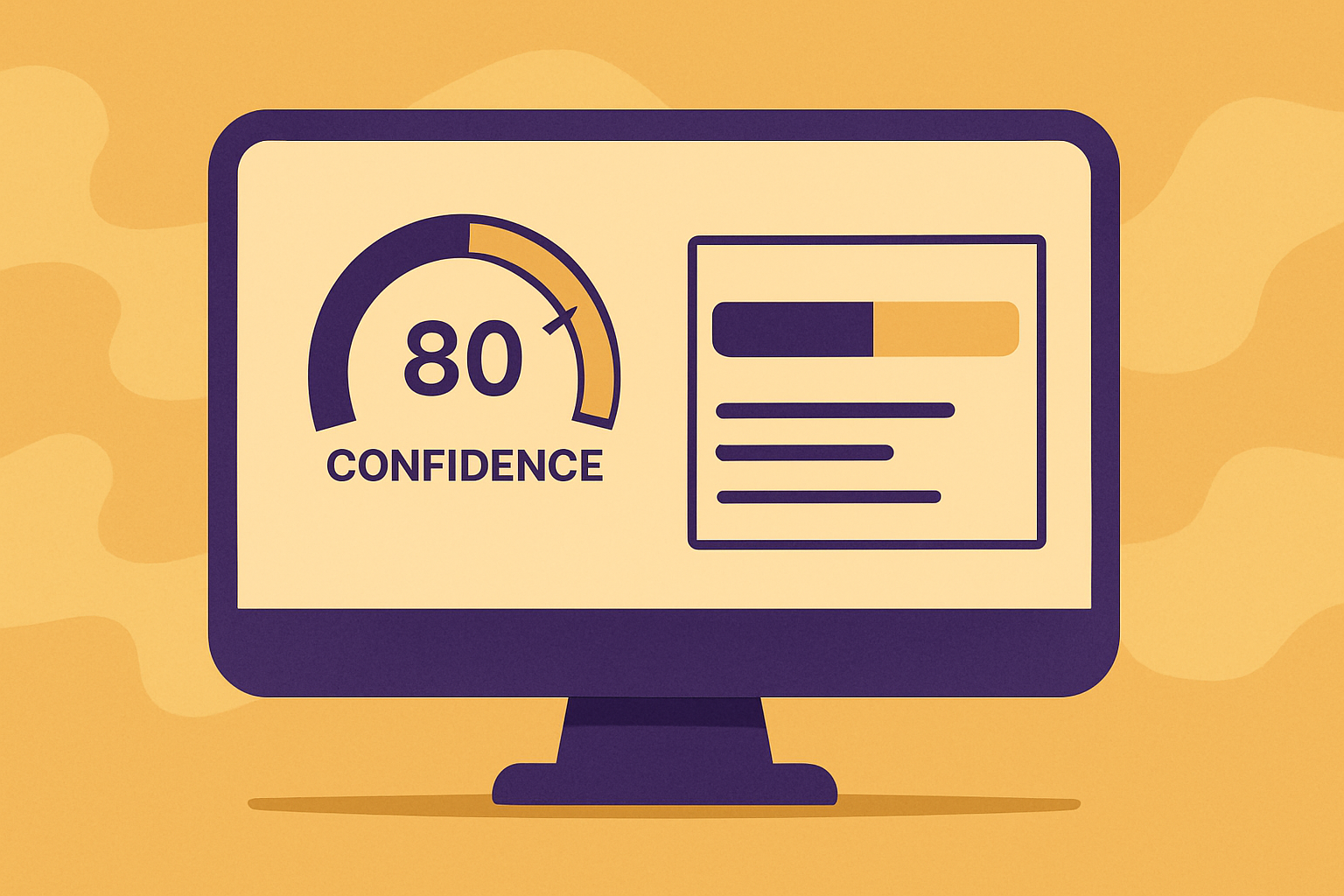
Thursday Collaboration Burst: Co‑Create and Course‑Correct
Thursday’s 45‑minute burst is sacred co‑creation time. It’s not a meeting; it’s a build session. To keep energy high, rotate facilitation each week so different voices steer the agenda. Suggested agenda structure:
- Quick context (5 minutes): Host recaps why this piece matters to the weekly objective.
- Live build (25 minutes): Pairs or triads dive into tasks while sharing screens.
- Decision capture (10 minutes): Summarize changes and commit them in Teamly with @mentions.
- Next steps (5 minutes): Assign micro‑tasks with due dates—auto‑reminders keep momentum.
Because everyone knows feedback will land here, ad‑hoc pings drop by half, and work quality rises. Designers stop polishing in a vacuum, engineers surface edge cases early, and marketing gets copy that actually matches final UI—magic.

Friday Wrap‑Up: Celebrate, Learn, Reset
Humans remember peaks and endings. Craft an ending that fuels confidence. The 20‑minute Wrap & Win covers four beats:
- Wins: Rapid‑fire celebration builds positive emotion that sticks through the weekend.
- Lessons: Pinpoint one improvement—frame it as data, not a personal flaw.
- Next Week’s First Move: Each person names Monday’s first action. This simple declaration cuts Monday morning dithering to zero.
- Cheers & Closure: Shout‑outs create oxytocin bursts that cement trust.
Log takeaways in a Wrap‑Up Journal board. Over time you’ll build a searchable archive of patterns: recurring blockers, surprise quick wins, and shout‑outs that uncover hidden rock stars.
📊 Metric that matters: Teams who ran consistent Wrap & Win sessions reported a 17% jump in eNPS (employee Net Promoter Score) after eight weeks—proof that tiny celebrations beat grand quarterly galas.

Build a Continuous‑Improvement Flywheel
Link the rituals and you get a flywheel: Preview → Kickoff → Focus → Pulse → Burst → Wrap. Each step feeds the next—intentions inform goals, progress fuels confidence, feedback sparks iteration. Because every ritual is lightweight and scheduled at predictable moments, your team’s cognitive load stays flat while velocity climbs.
Implementation roadmap: Don’t roll out everything at once. Start with the Monday Kickoff and the Friday Wrap‑Up—they bookend the week and deliver quick morale wins. After two cycles, introduce the Wednesday Pulse, followed by Tuesday Focus Hours. By week six you’ll have the full loop spinning with barely any extra meeting minutes than you had before.
Tool stack sanity check: Keep your tech audit tight. For 90% of teams, a trio of Teamly boards, calendar blocks, and shared docs covers the workflow. If you’re drowning in SaaS tabs, consolidate. Automation beats proliferation.
Ready to tune your team’s engine? Pick one ritual, pilot it next week, and let the results speak louder than the fanciest slide deck. Momentum loves a quick start—give it one.
